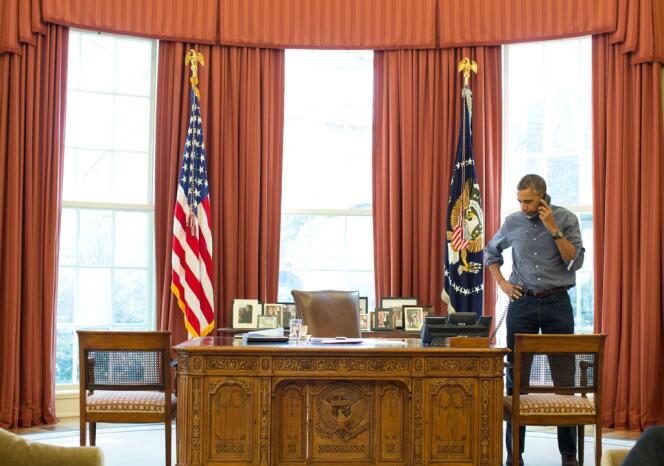


For any conflict historians are careful to distinguish between the date of the outbreak of hostilities and the date of the sequence leading up to the outbreak of war. For example, although World War I formally began with Austria-Hungary's declaration of war on Serbia on July 28, 1914, was actually triggered a month earlier by an assassination attempt on the Austrian archduke in Sarajevo.
In the same spirit, World War II may have begun with Germany's aggression against Poland on September 1, 1939, but the escalation to conflict began 11 months earlier, in Munich, when Britain and France sacrificed Czechoslovakia to Nazi Germany. As for the war in Ukraine, it didn't start with Russia's all-out invasion of the country in February 2022, but eight years earlier, with the annexation of Crimea and the occupation of the Donbas. And it was in the Middle East that the countdown to this conflict begun.
In the early hours of August 21, 2013, Bashar al-Assad ordered the shelling of suburbs of his capital controlled by insurgent groups. His aim was to loosen the revolutionary stranglehold around Damascus by spreading terror among the population, and to do so through the massive use of chemical weapons. In previous months, Assad regime forces had already fired toxic gas at civilian targets on some 15 occasions.
Vladimir Putin, whose unconditional support for the Syrian dictatorship is decisive, both at the UN and in terms of advice and armaments, was keeping a close eye on such experiments. Although there is no evidence that Russian experts assisted the Syrian military in the complex mastery of chemical weapons in an urban environment, the Kremlin saw Assad's deliberate provocation as the perfect opportunity to test Barack Obama's resolve, both in the Middle East and beyond.
In August 2012, a year and a half after the outbreak of the Syrian revolution, Obama proclaimed that Assad's use of chemical weapons would constitute a "red line." Opponents of the dictatorship were outraged that the regime had been given free rein to use aircraft, tanks and artillery against civilian targets. And US allies were troubled by Washington's refusal to take the increasing evidence of the Assad regime's occasional use of chemical weapons into account in the spring of 2013.
This was because Obama, determined to disengage US forces from the Middle East once and for all, was giving top priority to negotiations on the Iranian nuclear issue and was counting on Moscow to put pressure on Tehran. But he was forced to react by the scale of the massacre on August 21, 2013, in which around 1,400 civilians perished, two-thirds of them women and children. A thousand of these deaths can be attributed to shells laden with sarin gas, while conventional shelling caused the other casualties.
You have 49.84% of this article left to read. The rest is for subscribers only.
